Section 6.1
Status of Native Vascular Plants Associated with Old Deciduous & Mixedwood Forests
93.3% intact on average
The status of 33 native vascular plants associated with old deciduous and mixedwood habitat in the Al-Pac FMA area is, on average, 93.3% as measured by the Biodiversity Intactness Index.
This means most of the habitat for native vascular plants is in good condition, but habitat suitability is lower in some areas due to human development activities.
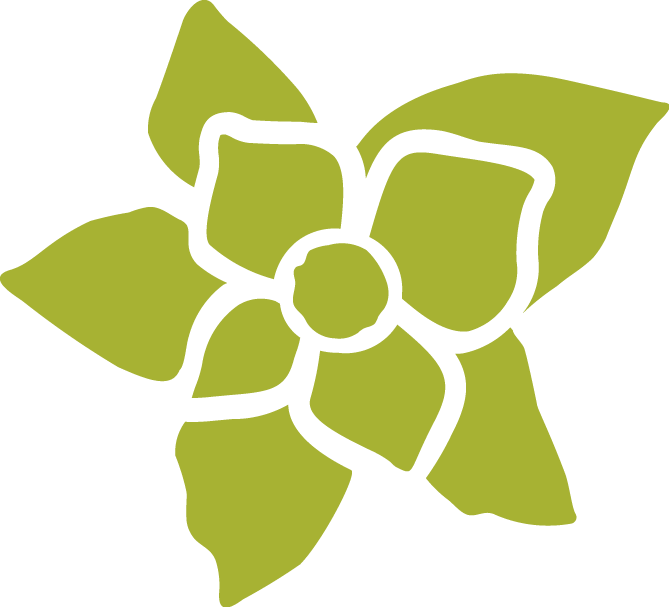 Introduction
Introduction
Intactness and sector effects are summarized for native vascular plant species associated with old deciduous and mixedwood forests in the Al-Pac FMA area and AEI.
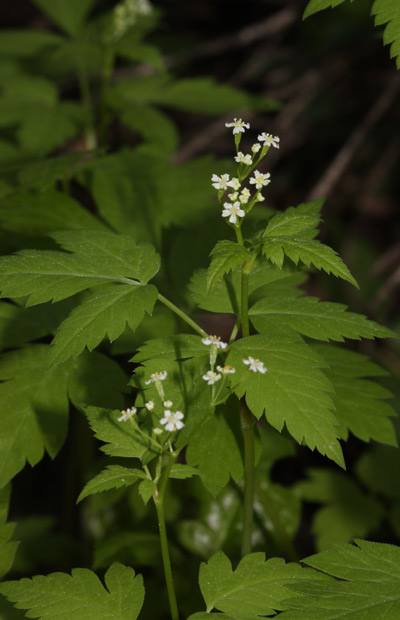
Spreading Sweet Cicely (Osmorhiza depauperata)
Photo: ABMI

Pale Coralroot (Corallorhiza trifida)
Photo: ABMI
Principle 8: Monitoring and Assessment
Criterion 8.2 – Monitoring and evaluating environmental and social impacts of activities carried out in the management unit
FSC Indicator 8.2.3 (3) is supported by providing up-to-date ‘best available information’ on the status of naturally occurring native species from six taxa that can inform on the effectiveness of conservation and restoration actions taken within the FMA over time (linked to FSC Criterion 6.6).
 Results
Results
Intactness of 33 native vascular plants associated with old deciduous and mixedwood forests was found to be, on average:
Highlights
- Habitat suitability for all old forest vascular plant species is predicted to have declined between 2010 and 2016, with intactness decreasing from 94.1% to 93.3% over this time frame.
- The drop in intactness was at least 2 percentage points for four species, including: Pale Coralroot (-2.2%), Spotted Coralroot (-2.7%), White Grained Mountain Rice Grass (-3.2%), and Spreading Sweet Cicely (-4.0%).
- Intactness of old forest vascular plants was higher in the Al-Pac FMA area compared to the AEI; this can mainly be attributed to the presence of agriculture footprint and energy footprint associated with the surface mineable area in the AEI, which removes their preferred old-forest habitat.
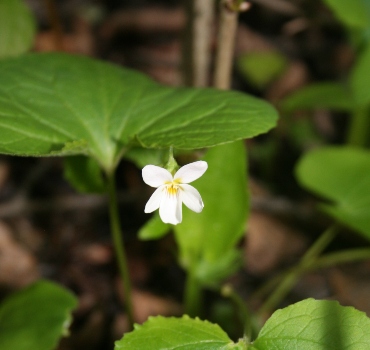
Western Canada Violet (Viola canadensis)
Photo: Diane Haughland
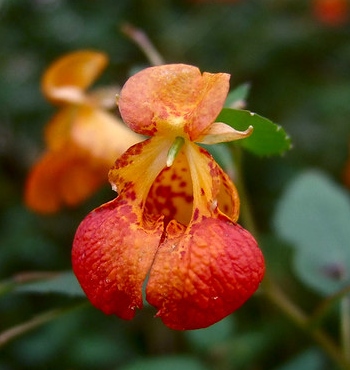
Spotted Touch Me Not (Impatiens capensis)
Photo: Wendell Smith
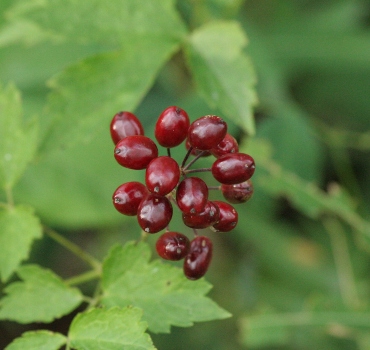
Red and White Baneberry (Actaea rubra)
Photo: Diane Haughland
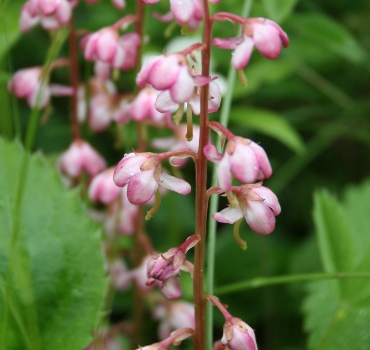
Wintergreen (Pyrola asarifolia)
Photo: Diane Haughland
These results have benefited from collaboration between the ABMI and various partners and contributors. More details are available in Collaborators and Contributors.
 Sector Effects
Sector Effects
Local-footprint Sector Effects
To understand which industrial sectors are most impacting native vascular plants associated with old deciduous-mixedwood forests in the Al-Pac FMA area, the local-footprint figures show how species’ relative abundance is predicted to change within each footprint compared to the habitat it replaced (Figure: Local-footprint Sector Effects).
- With few exceptions, all categories of human footprint greatly decrease habitat suitability for vascular plant species associated with old deciduous/mixedwood forests in the Al-Pac FMA area because these activities impact their preferred habitat.
- Within forestry footprint, the populations of all but four old forest vascular plant species are predicted to be less abundant than expected compared with in the habitat it replaces. Ten species are at least 50% less abundant in forestry footprint.
Sector Effects on Regional Vascular Plant Populations
The regional population figure shows the predicted change in the total relative abundance of native vascular plant species across the Al-Pac FMA area due to each sector’s footprint (Figure: Regional Sector Effects).
- Regional effects are much less than under-footprint effects because a great deal of old forest habitat has not been disturbed by human footprint in the Al-Pac FMA area.
- For transportation and urban/industrial footprint, regional population effects of industrial sectors on vascular plants associated with old deciduous forest were small—between -2.0% and +3.3%.
- Forestry footprint resulted in the largest predicted loss of suitable habitat for most old forest vascular plants—on average -5.3%—because harvesting is the largest footprint type in the FMA area and focuses on old upland forest. Forestry footprint occurs primarily in three forest types: 47% of forestry footprint is in deciduous forest, 26% in White Spruce forest, and 21% in mixedwood forests.
To view species-specific sector effects, use the drop-down menu to select a species of interest.
References
Hart, S.A. and H.Y.H. Chen. 2008. Fire, Logging, and Overstory Affect Understory Abundance, Diversity and Composition in Boreal Forest. Ecological Monographs 78(1):123-140.
Hart, S.A. and H.Y.H. Chen. 2006. Understory vegetation dynamics of North American boreal forests. Critical Reviews in Plant Sciences 25(4):381-397.
Macdonald, S.E. and T.E. Fenniak. 2007. Understory plant communities of boreal mixedwood forests in western Canada: Natural patterns and response to variable-retention harvesting. Forest Ecological and Management 242(1):34-48.
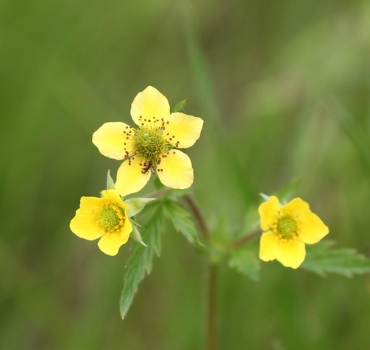
Macoun's Buttercup (Ranunculus macounii)
Photo: Bob Danley





